Buone Feste: Tombola, Not Your Ordinary Bingo
The game of Tombola is a time honored Italian holiday tradition in most of Italy’s households. Parents, grandparents and children alike, all eagerly assemble around the dining room table to play a rousing after-dinner game. But don’t even think about calling this much beloved family-style pastime Bingo! Although similar to Bingo, Tombola uses a system of numbers and images that are uniquely and regionally Italian. While most modern Tombola sets come with plastic playing cards and game pieces for marking each square, original cards were made of cardboard or paper and beans or orange peels were used as game markers.
The Tombola cartelle or cards, feature a random selection of fifteen numbered squares that are usually dispersed amongst other blank squares. The price for each card is determined by those playing, which can either be a few cents or Euros, and the proceeds from the sale of each card are used for prizes. Five or more prizes may be created from the money collected depending upon the size of the group playing. One card out of the group is called the cartellone and the purchaser of that card serves as the master of ceremonies for the game. The owner of the cartellone has the duty of picking numbered game pieces, or tombolini, out of a bag and reading them aloud to the players. In addition to keeping the game moving, they are also in charge of resolving any discrepancies that may arise between competitive players. If the number that is called out appears on a player’s card, they immediately mark it down. The first player to be able to mark two numbers on their card yells “Ambo” and wins the first and smallest of the prizes. The player to first reach three numbers shouts “Terno”, while the first player to hit four numbers screams “Quaterna”, and the player to strike five numbers calls out “Cinquina.” The grand prize is awarded to the one lucky player that is able to fill their entire card first, which is known as the coveted “Tombola.”
As with most other Italian holiday traditions, the game of Tombola varies according to the region in which it is played. This is especially true with regard to what each number represents in a given region. It is not uncommon to discover that a particular number has a completely different, and often times comical, meaning in another town. In Tivoli, for example, the number 9 signifies shoes, while in Livorno the number 9 is identified as a certain something you don’t want to end up on the bottom of your shoe. In Napoli, the number 19 means the laugh, but in Tivoli 19 is portrayed as the drunk. Similarities do sometimes arise, as is the case with the number 20 in both Tivoli and Napoli. Both regions identify 20 as the symbol for party. At your next holiday party, why not incorporate a game of Tombola as part of the night’s festivities. You may just be the one yelling “Tombola” and finding yourself a bit richer for it!
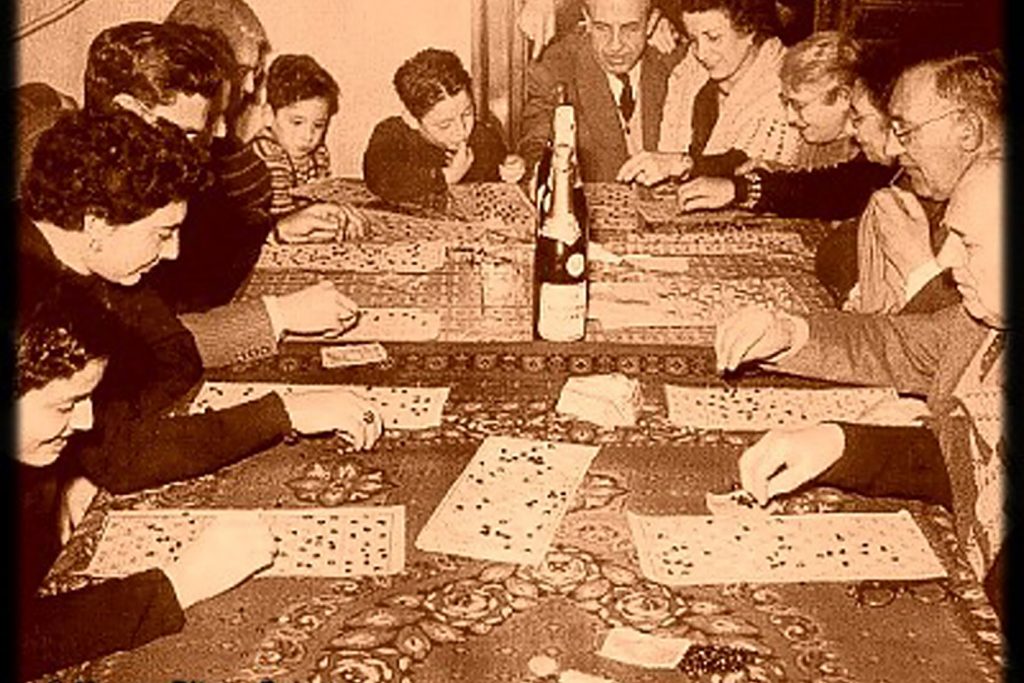
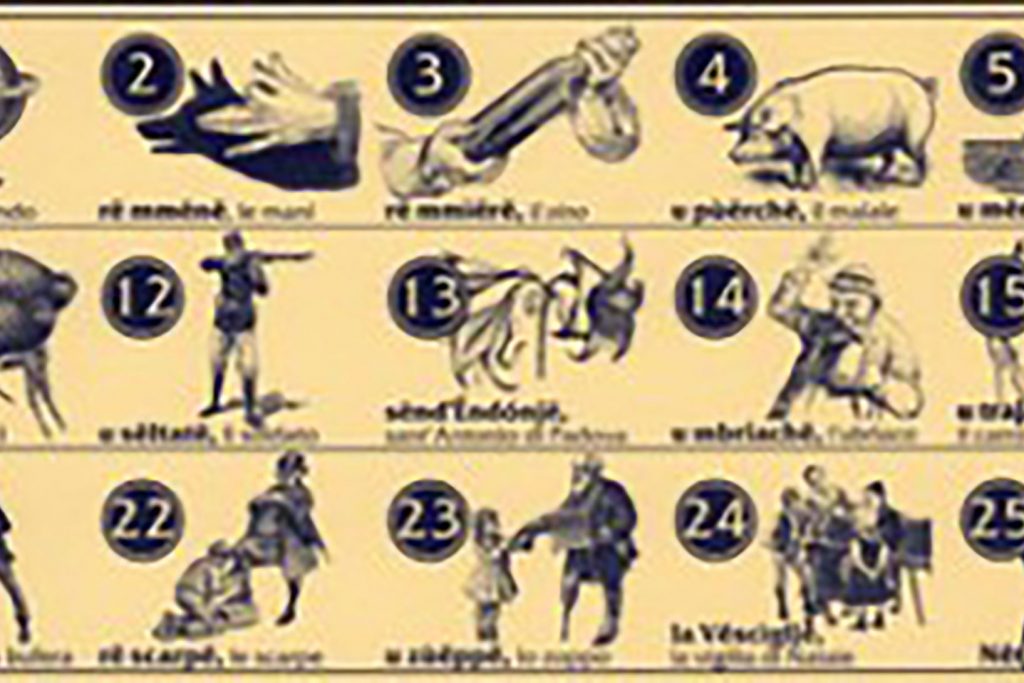


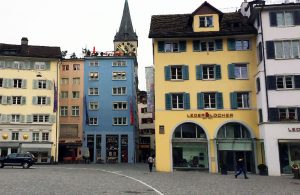
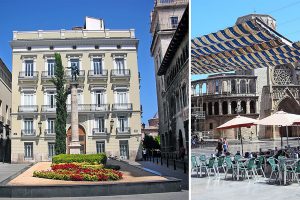


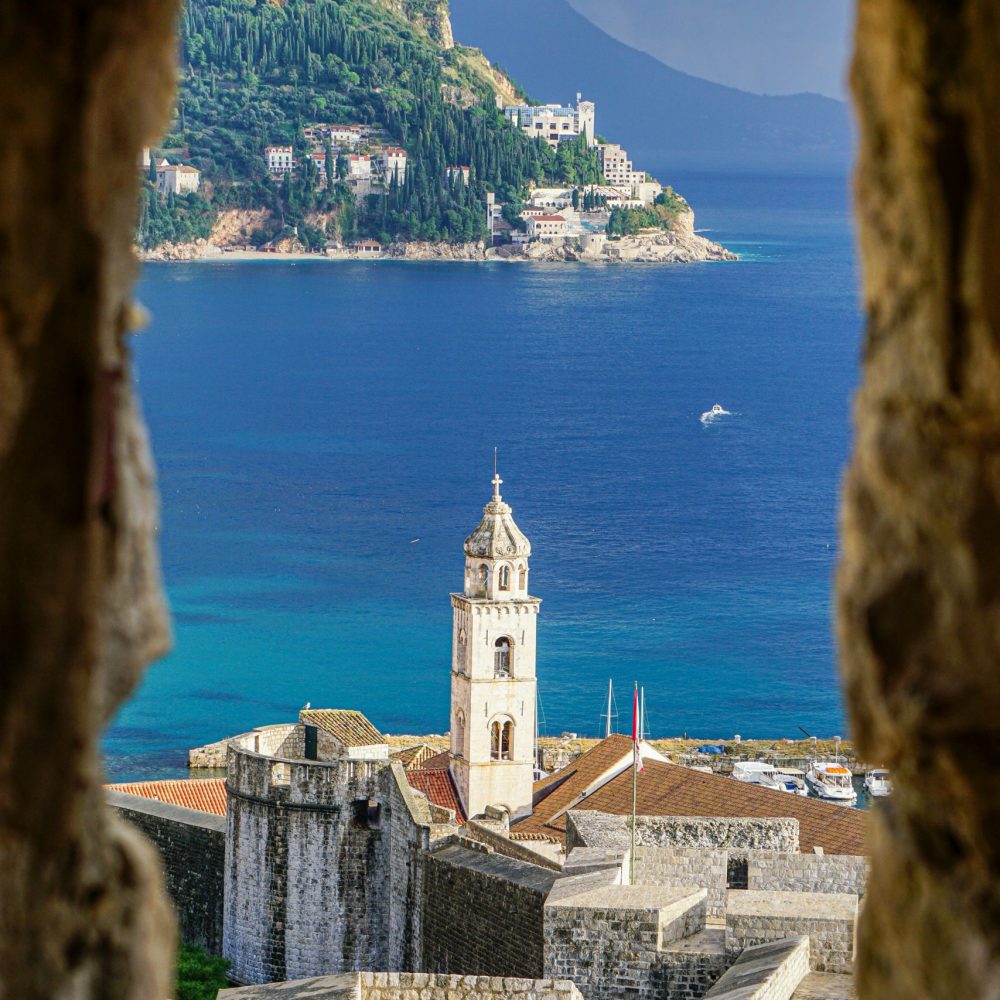


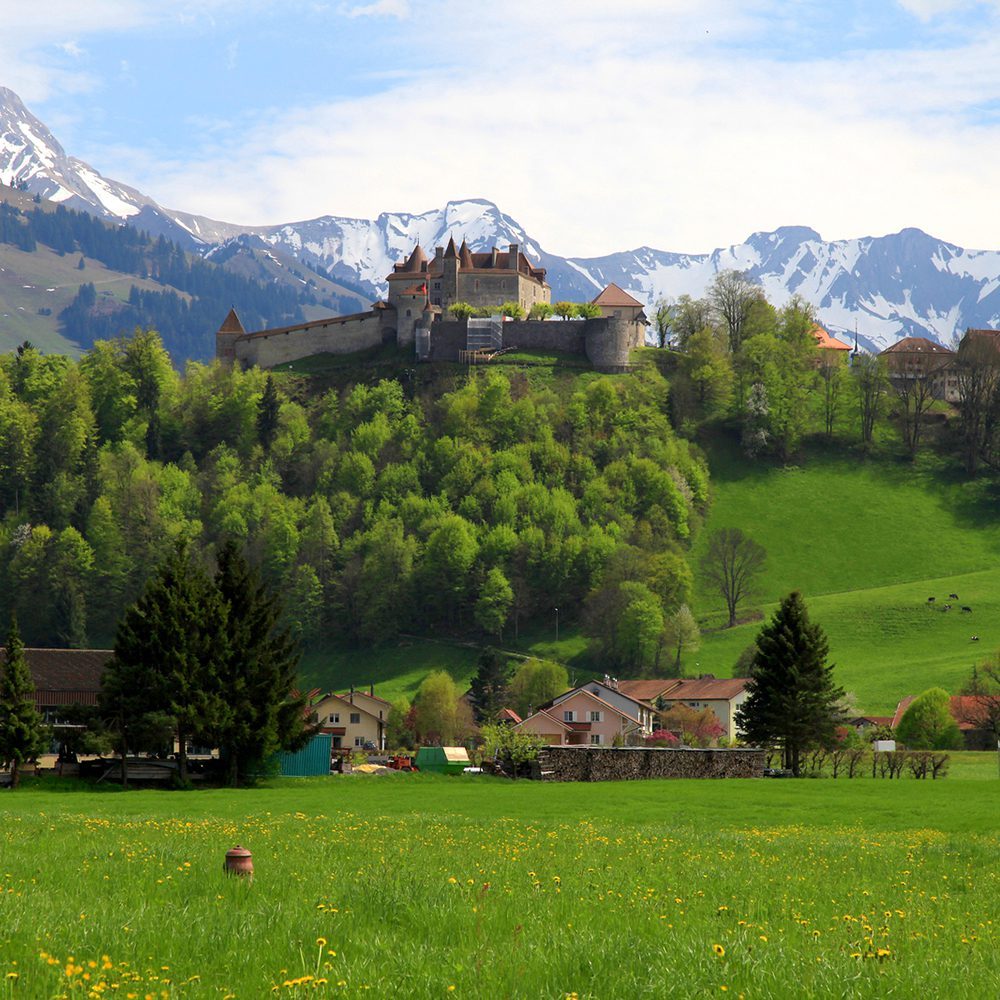

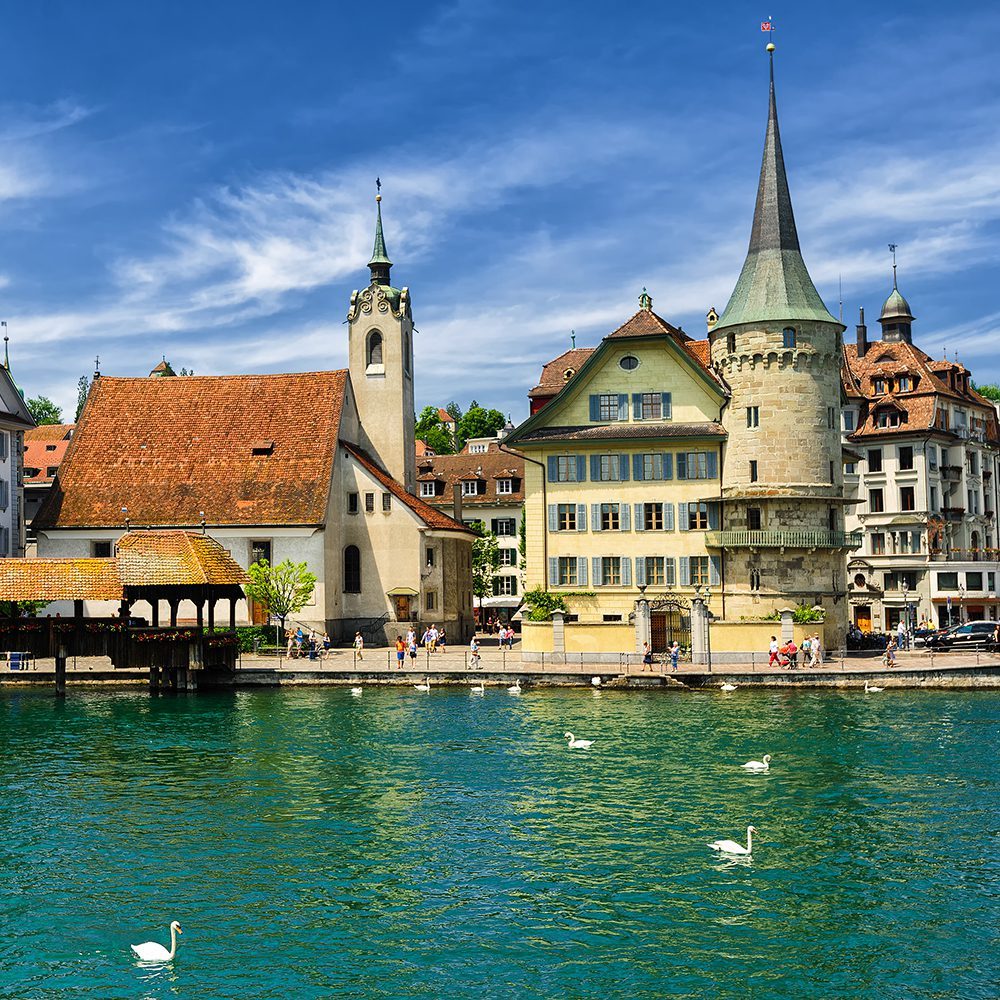

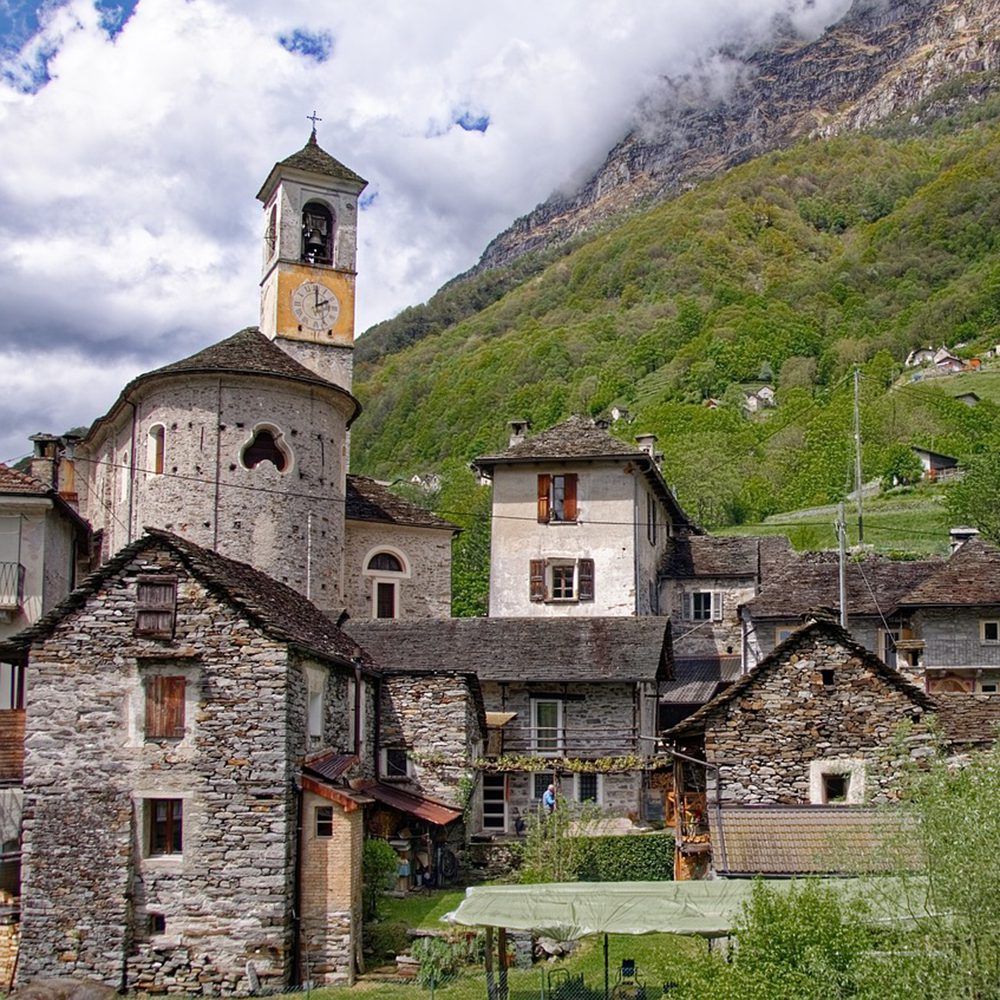



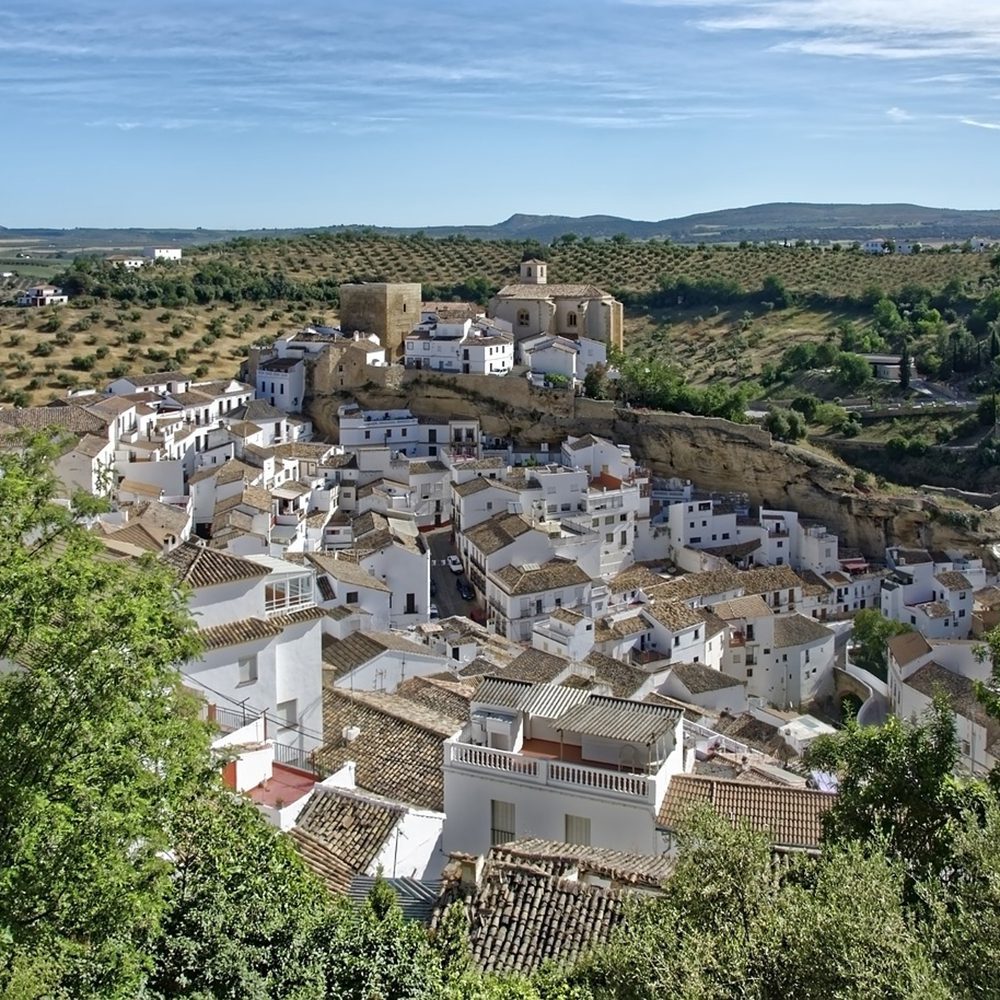
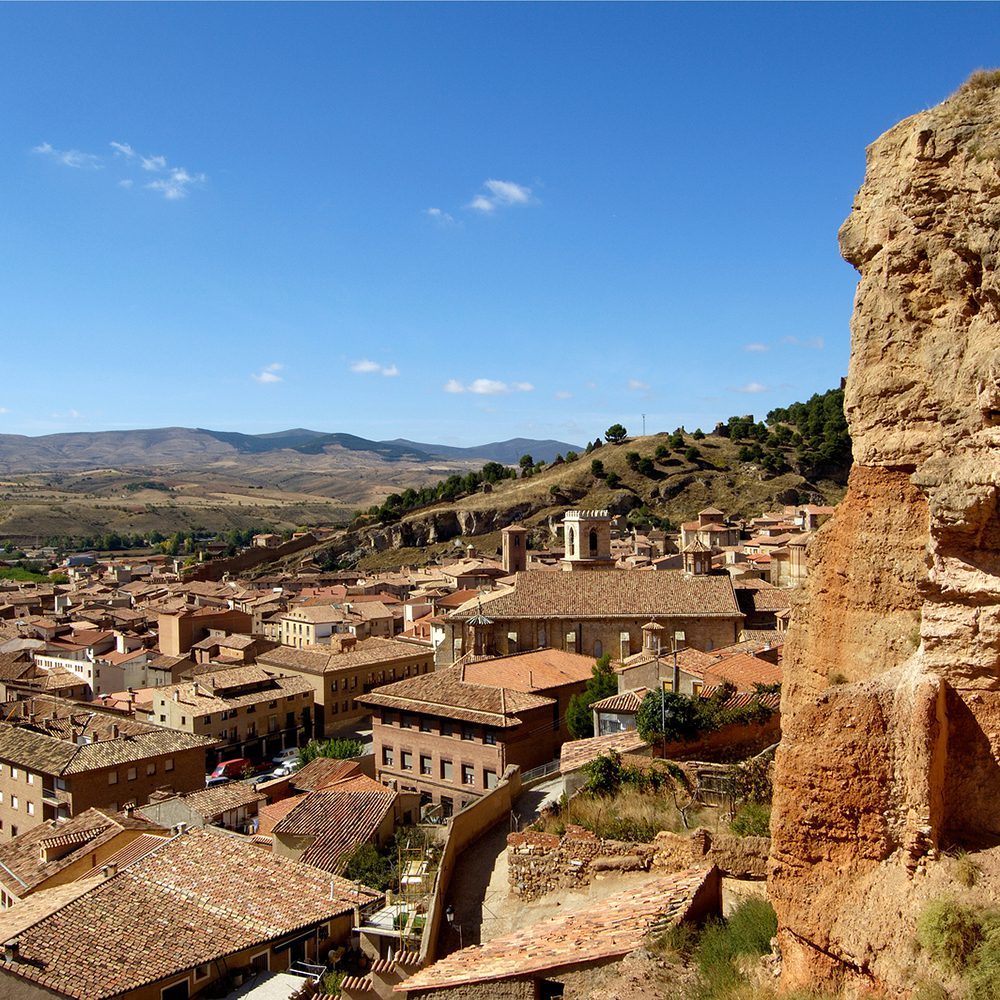


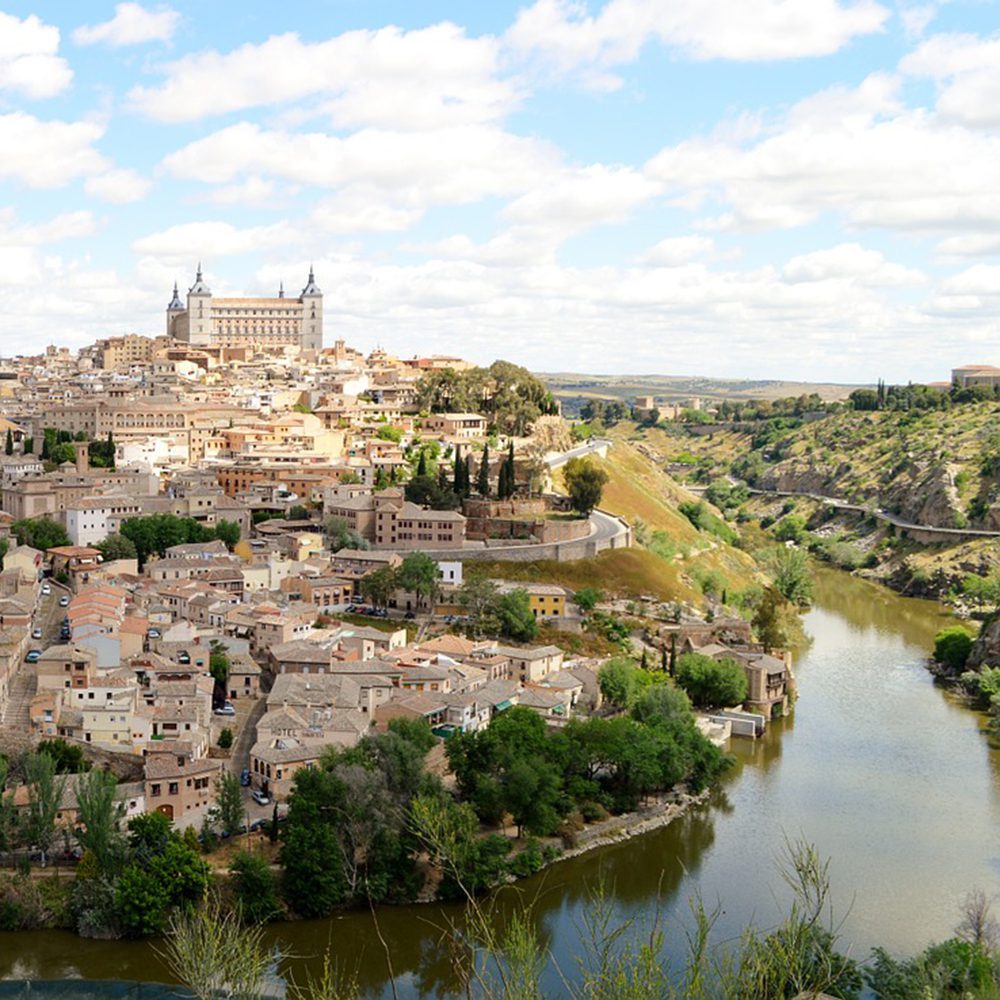


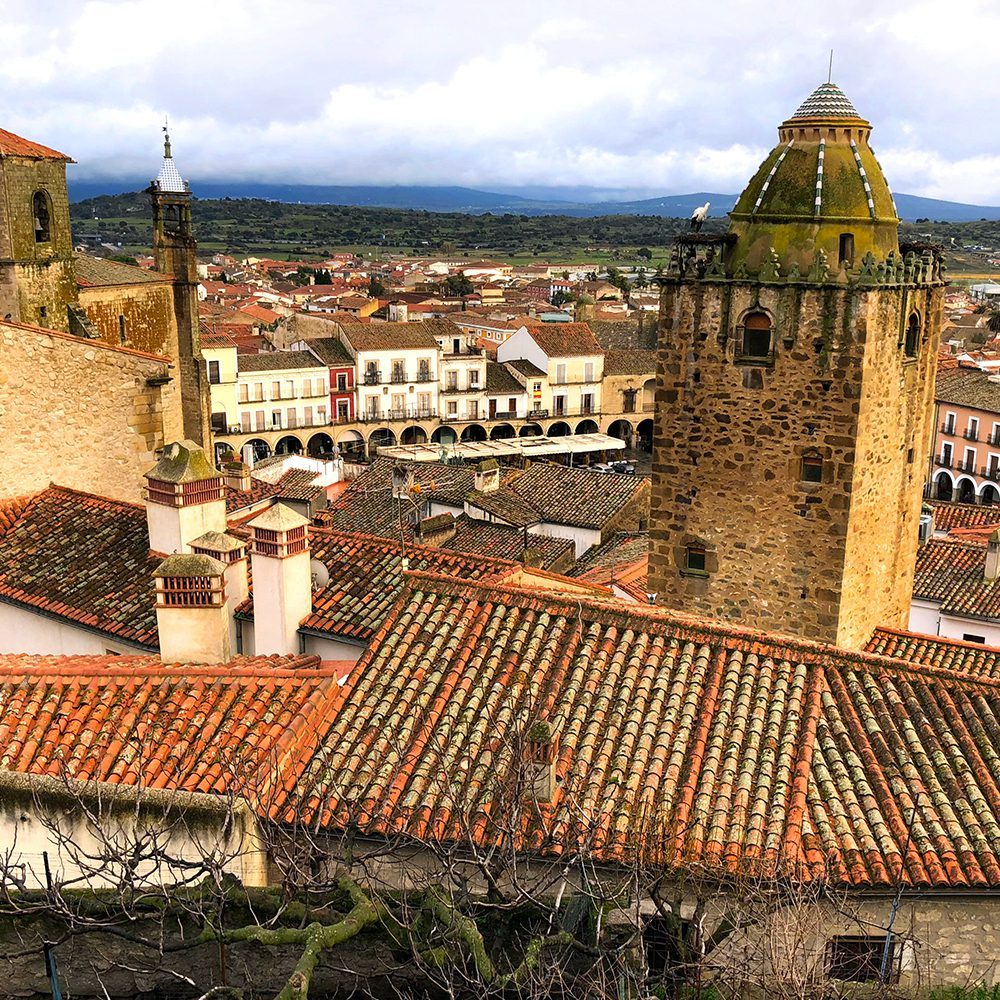

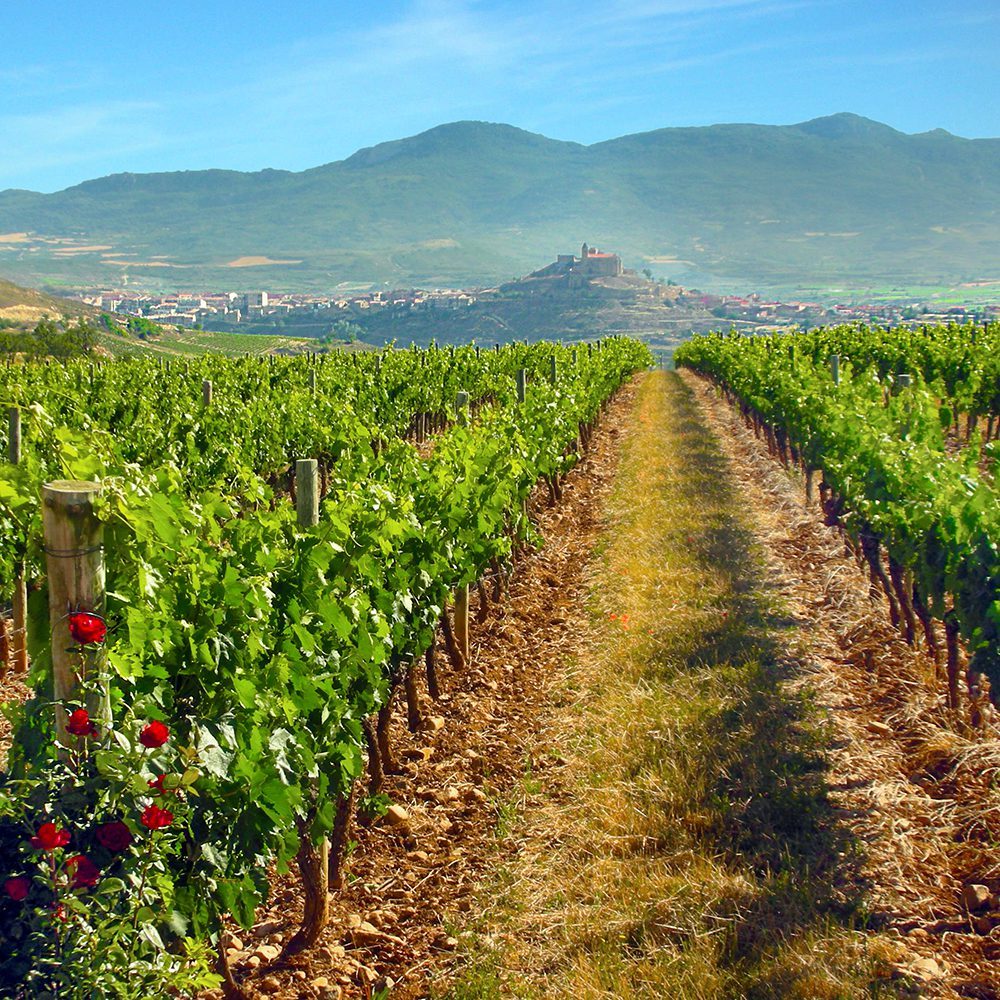
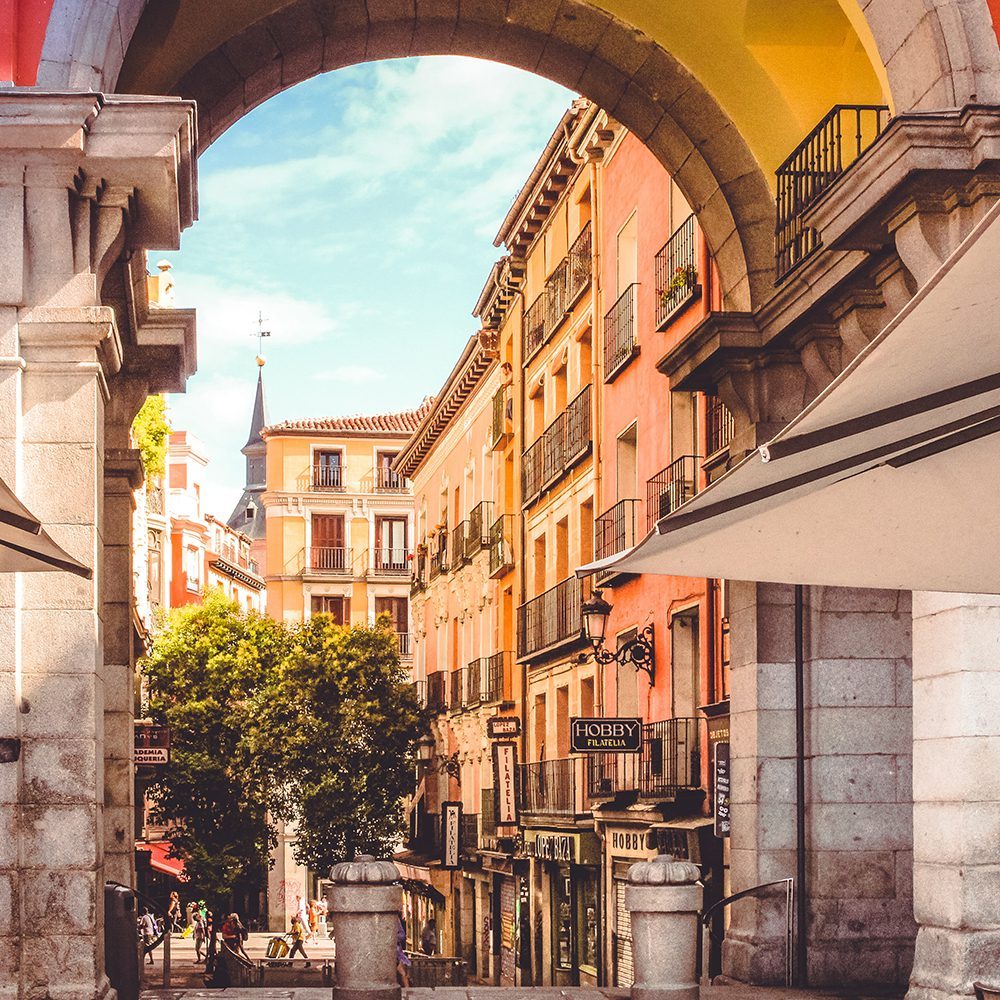
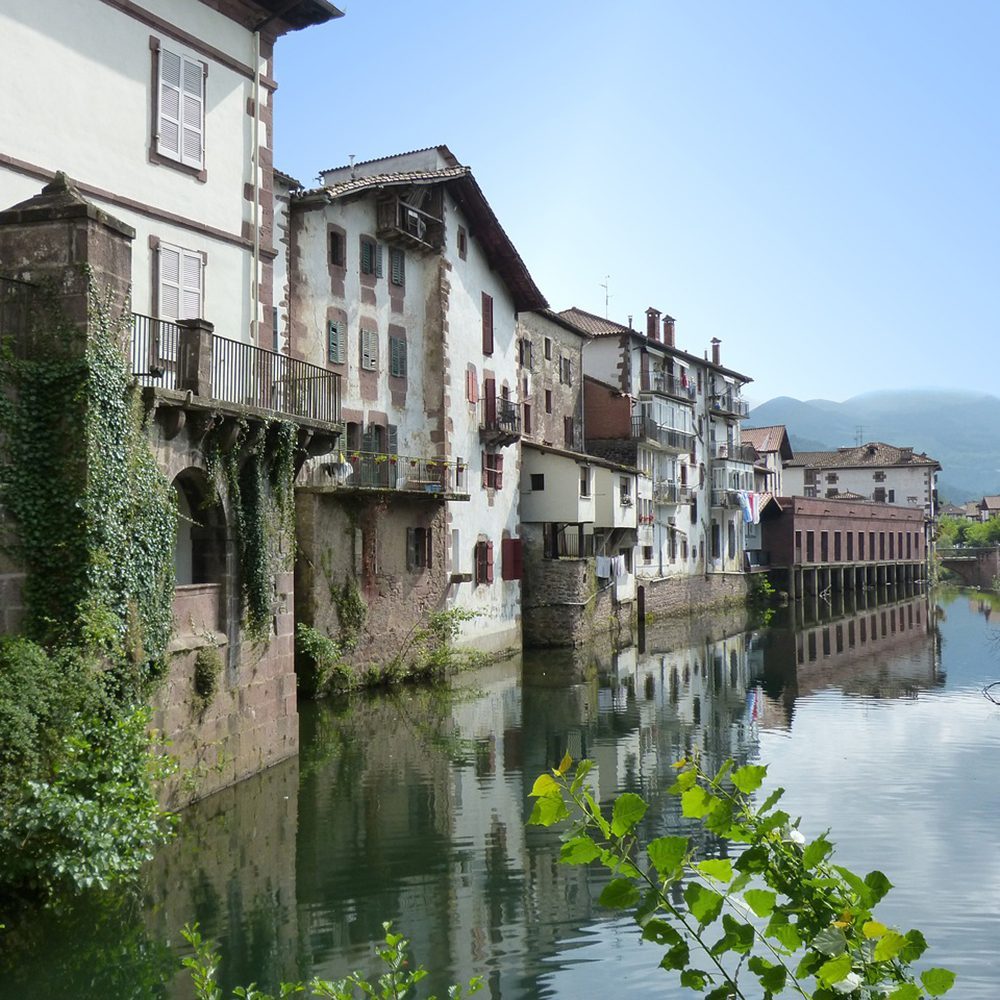


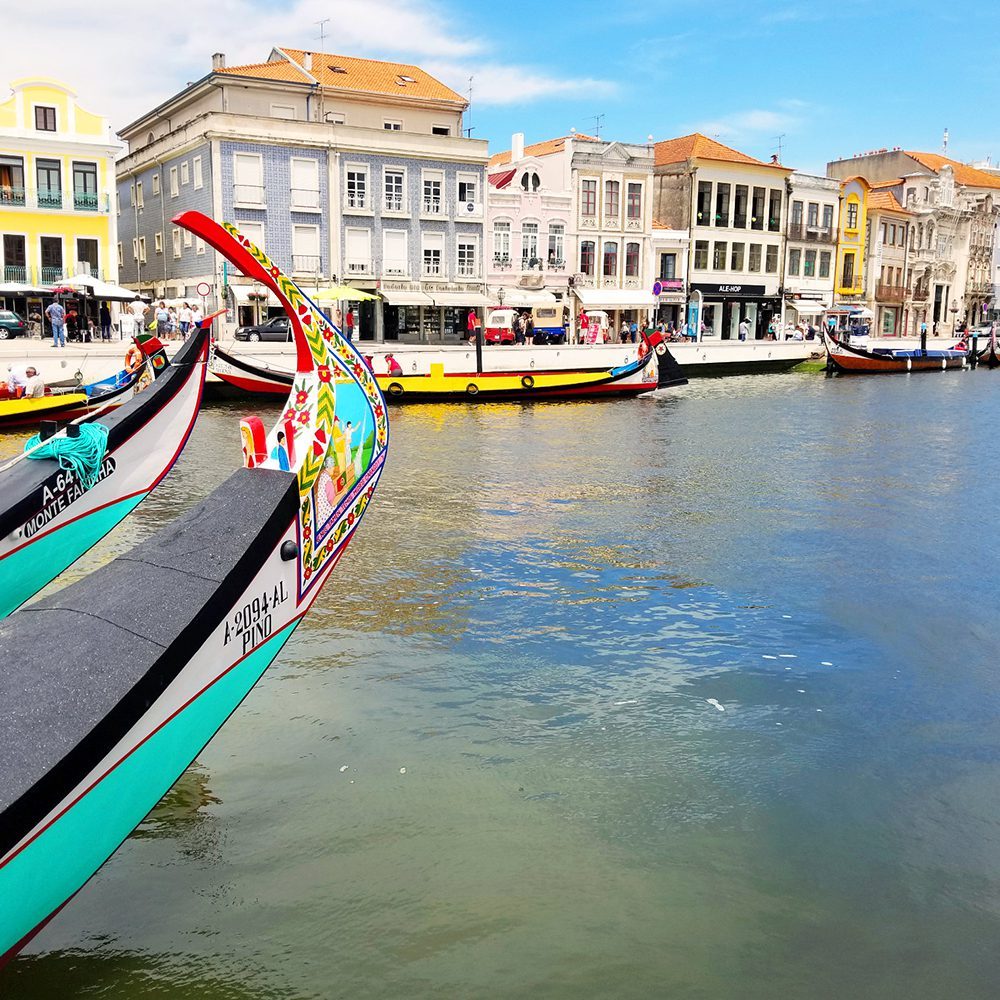
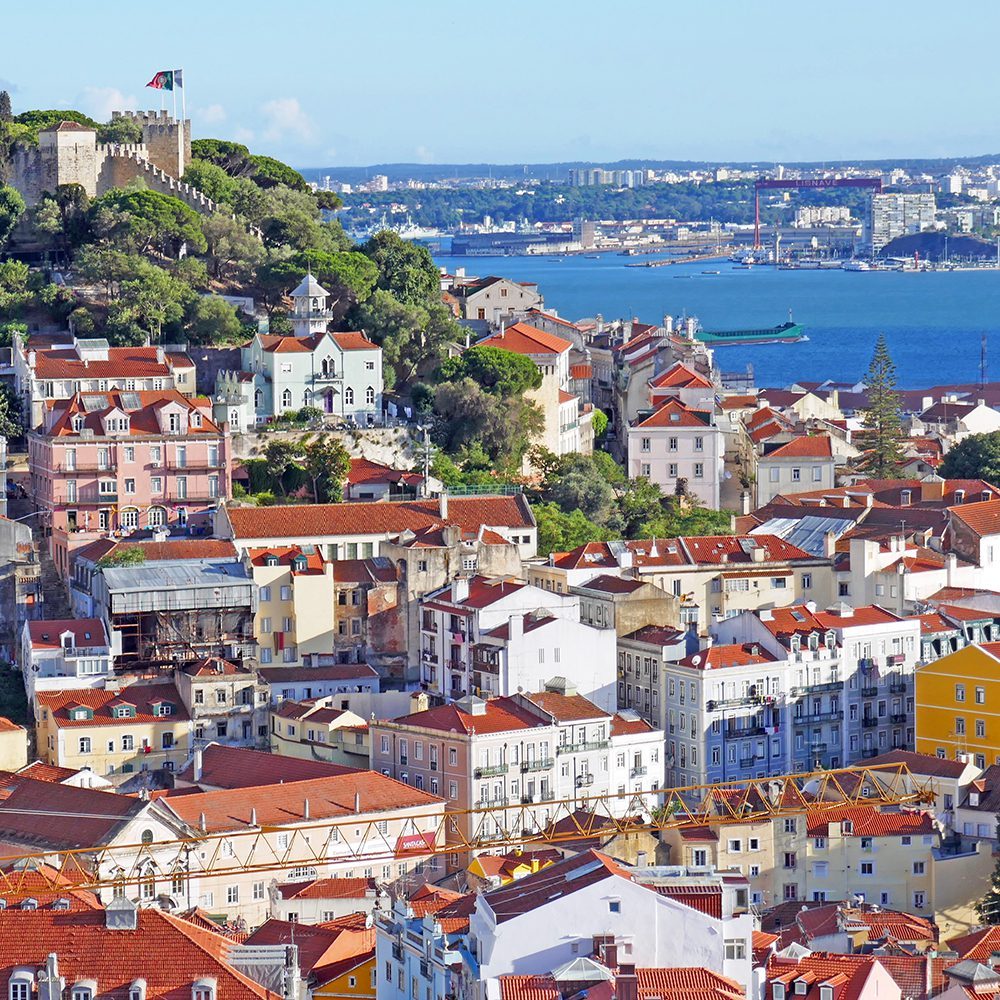

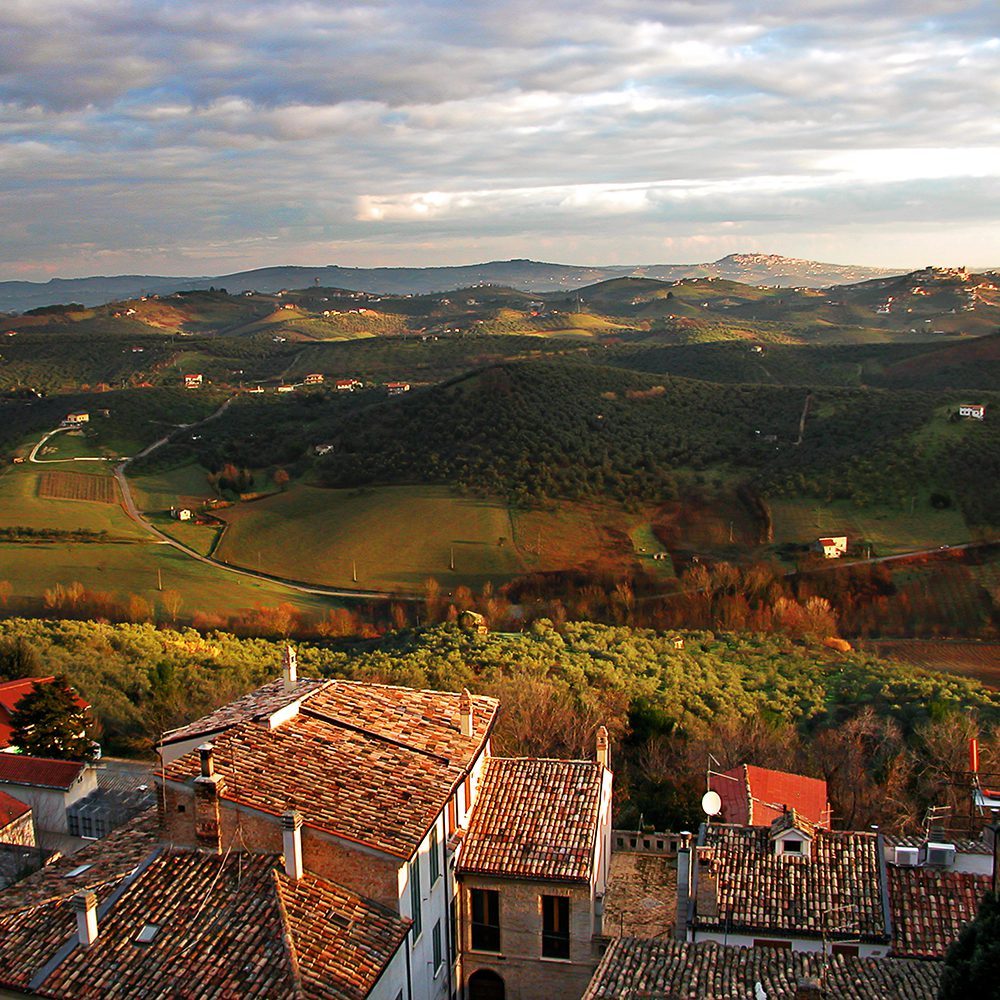
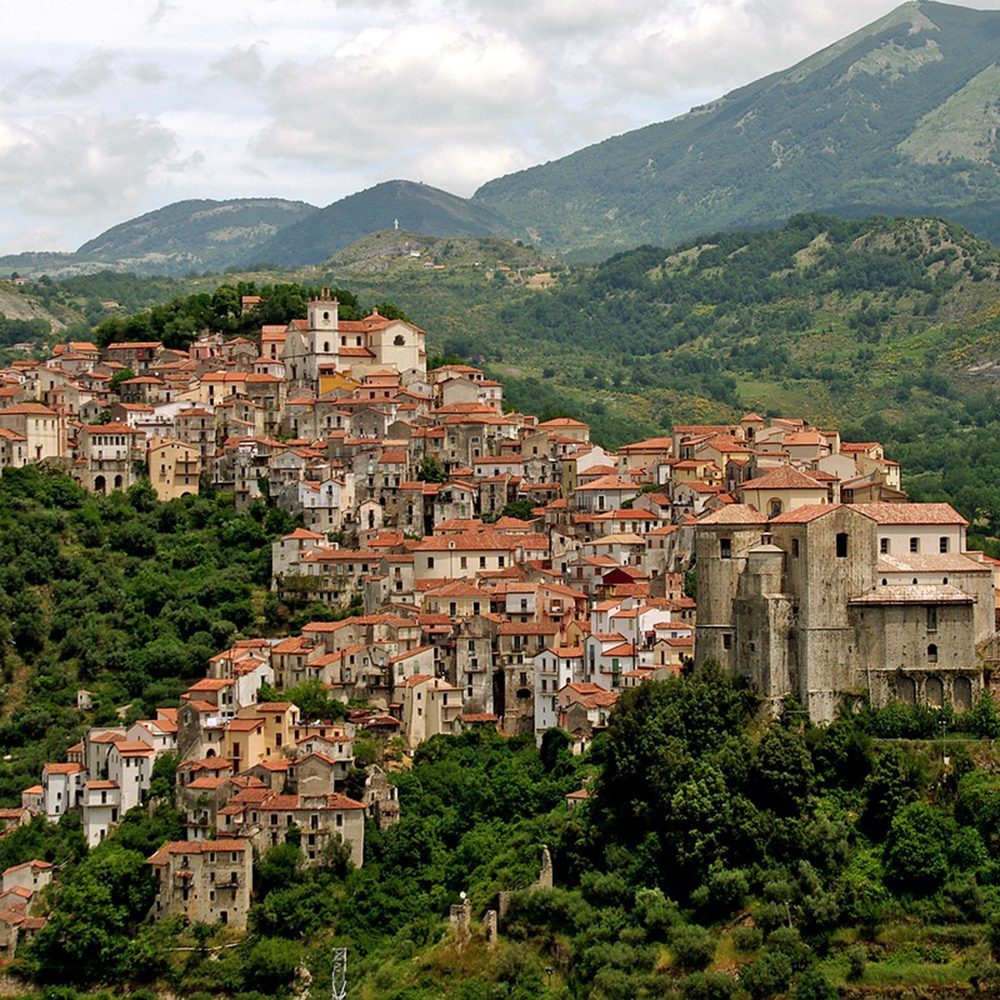
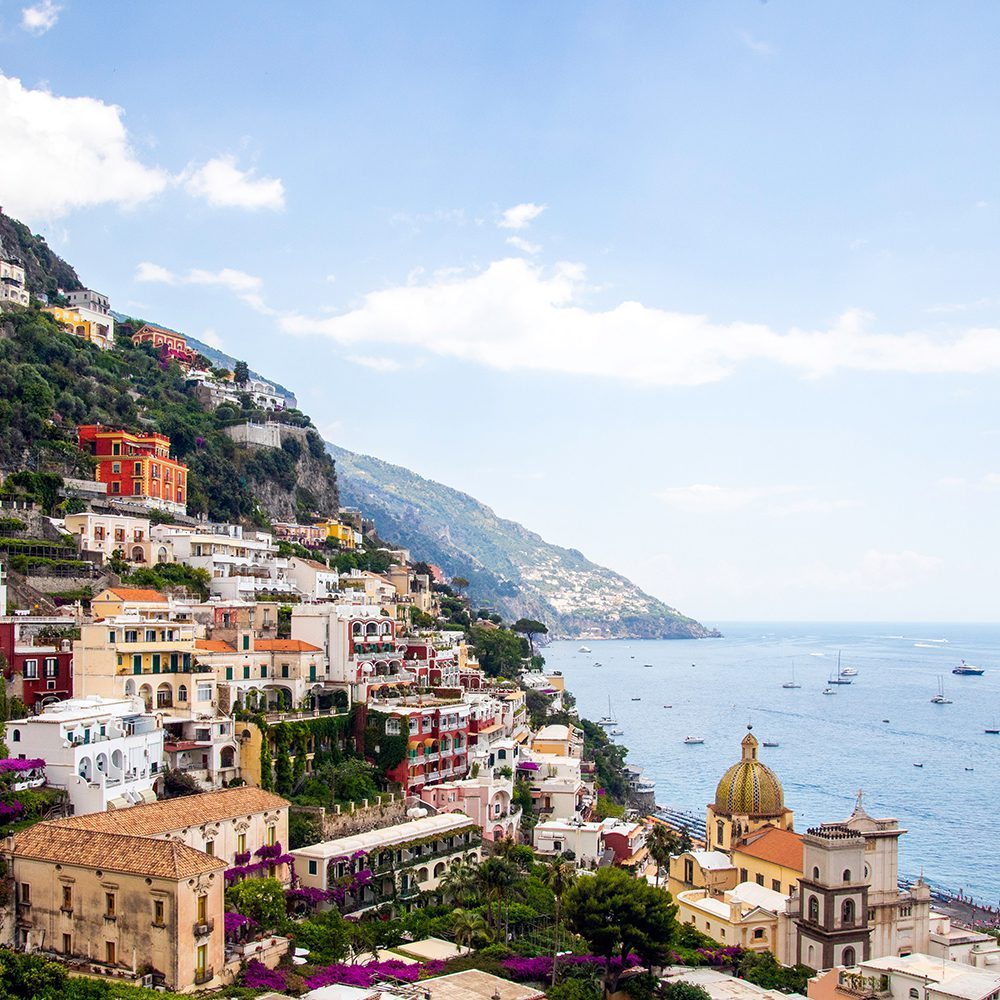



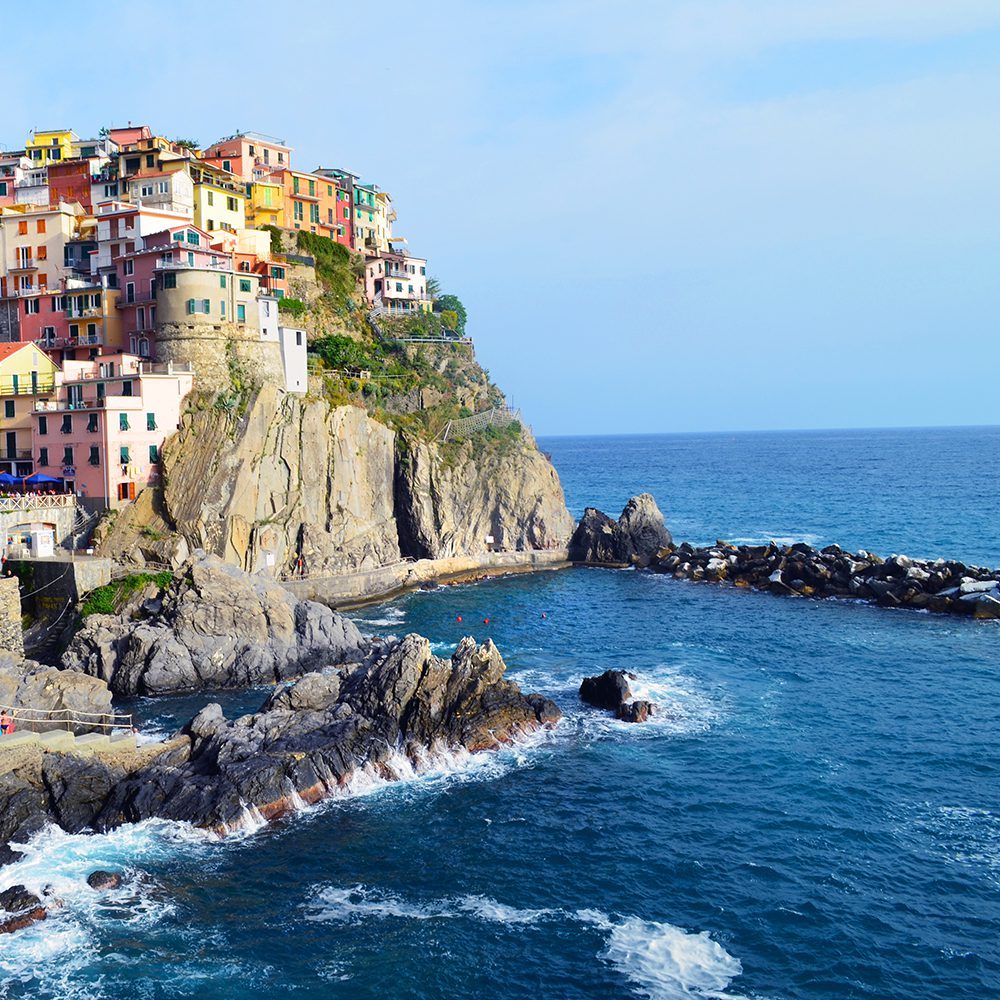




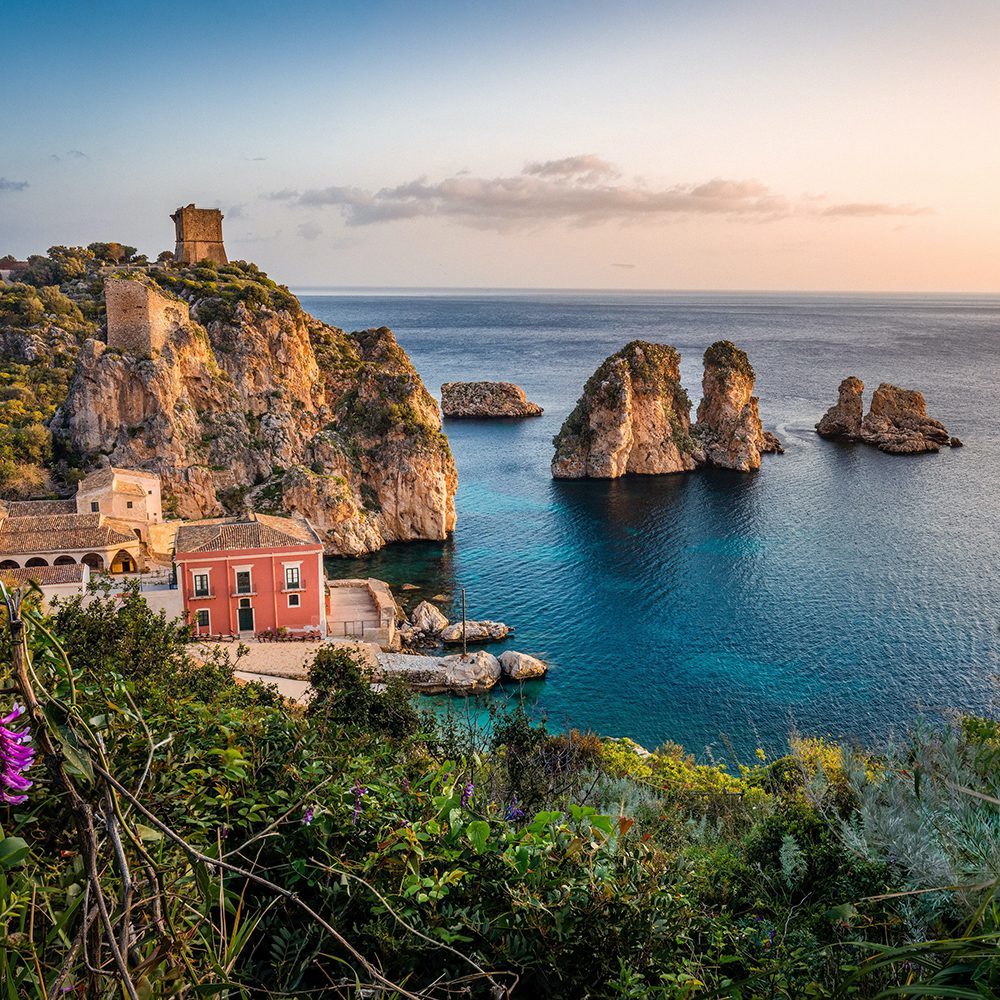
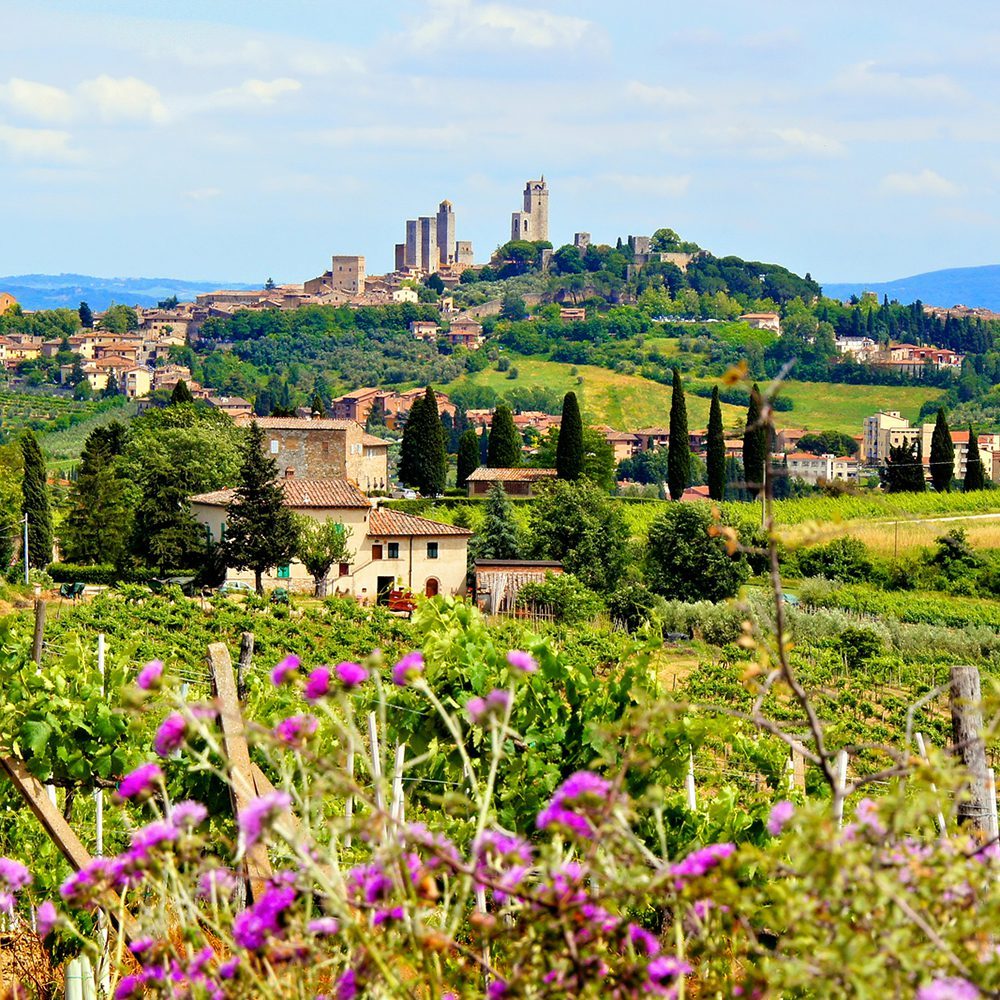

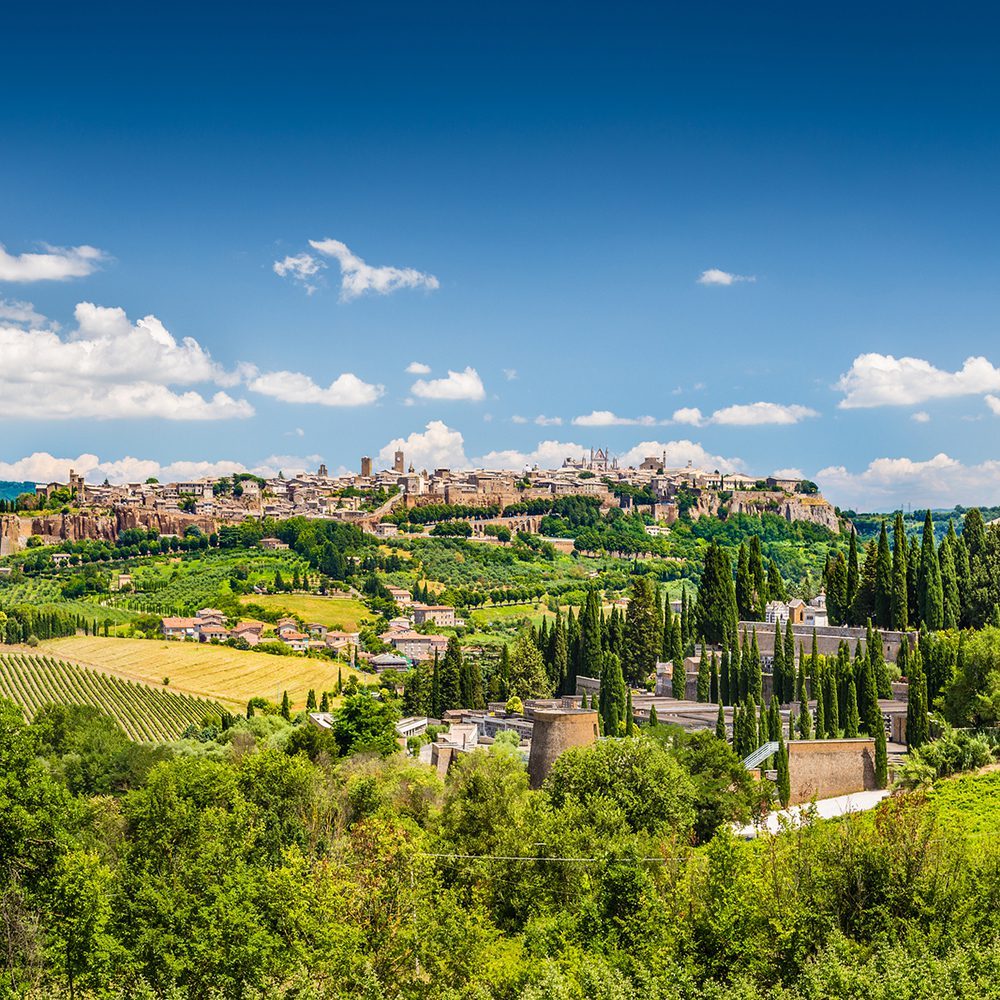

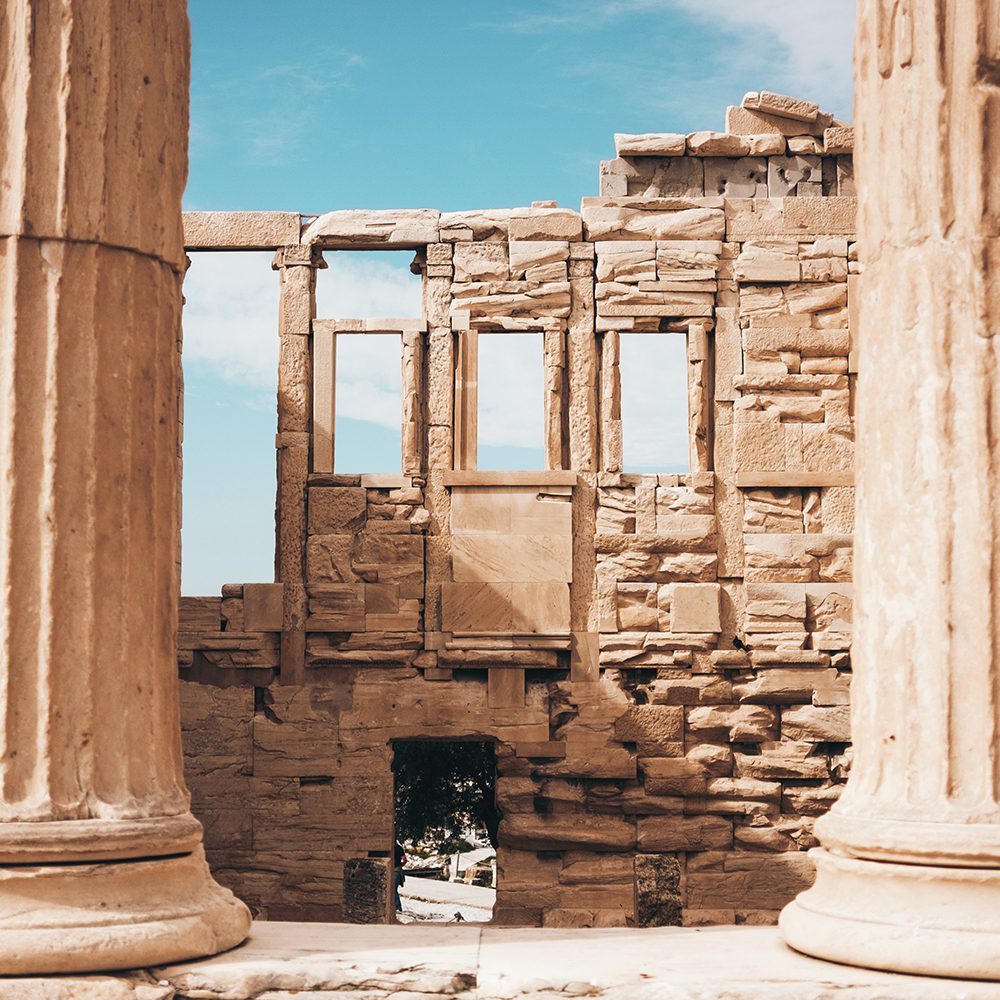
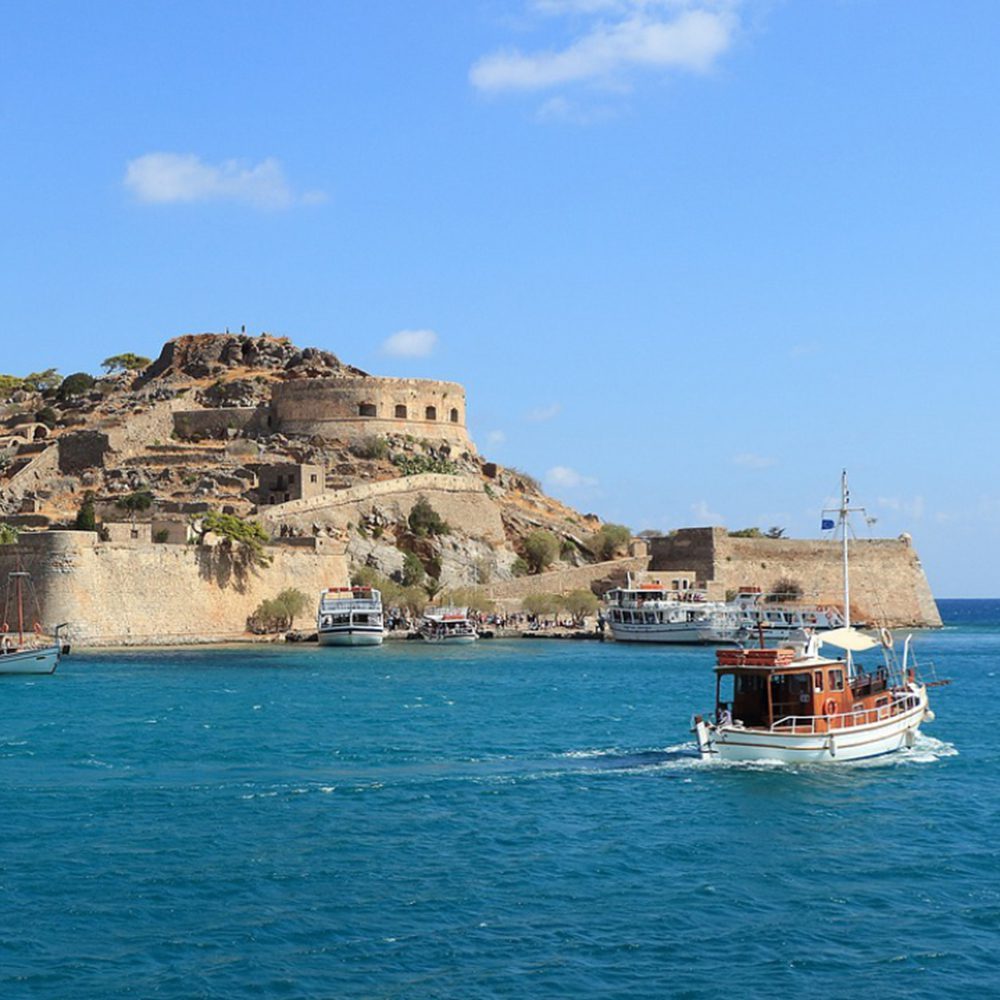

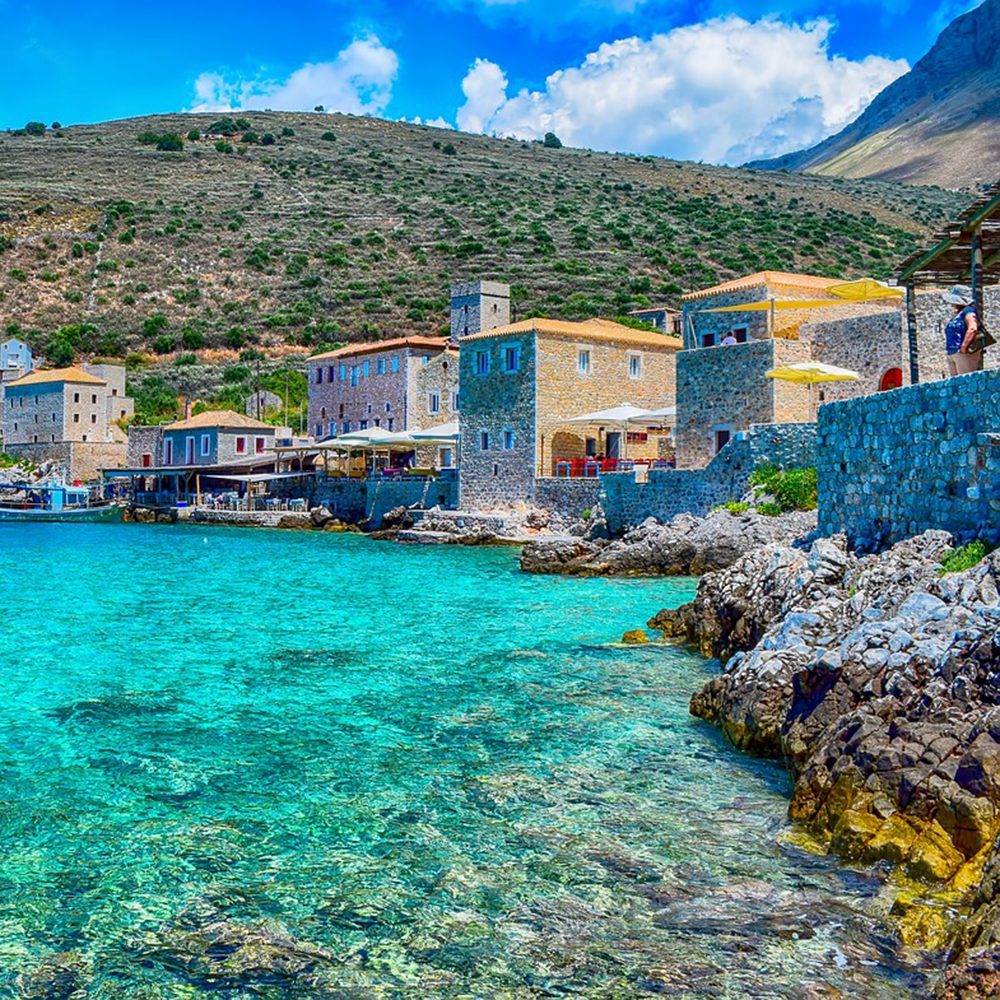
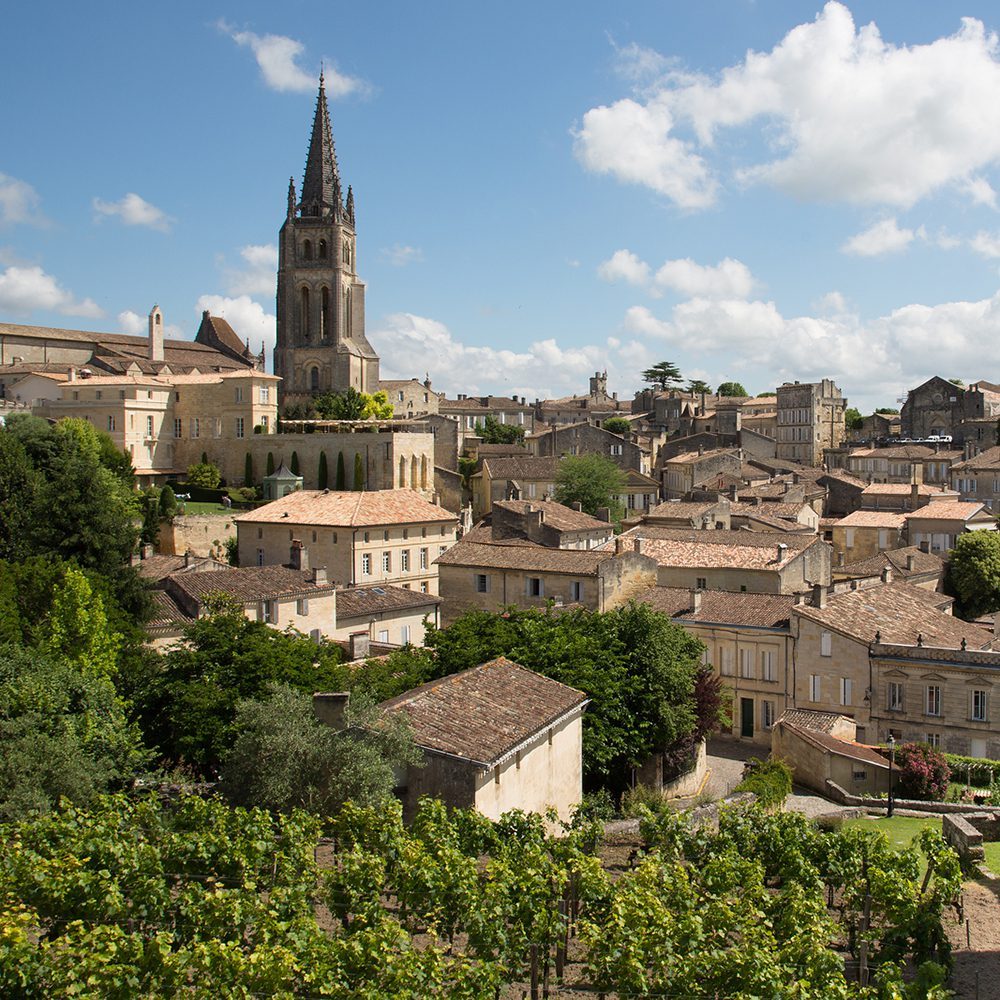






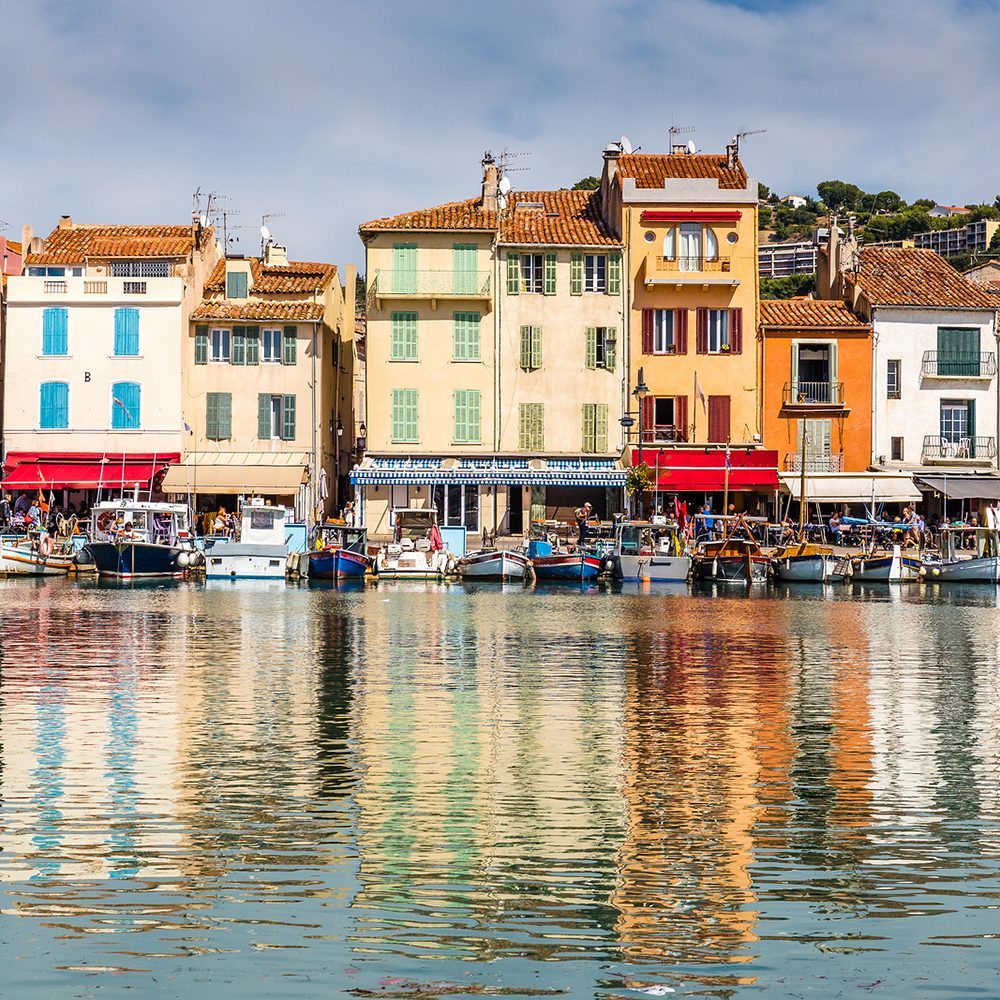
Where can I buy a tombola game set?
Thank you for the interesting information. I am traveling to Sicily in two weeks. I would like to purchase a tombola game with pictures. Is there a shop in Palmero that might have a set?